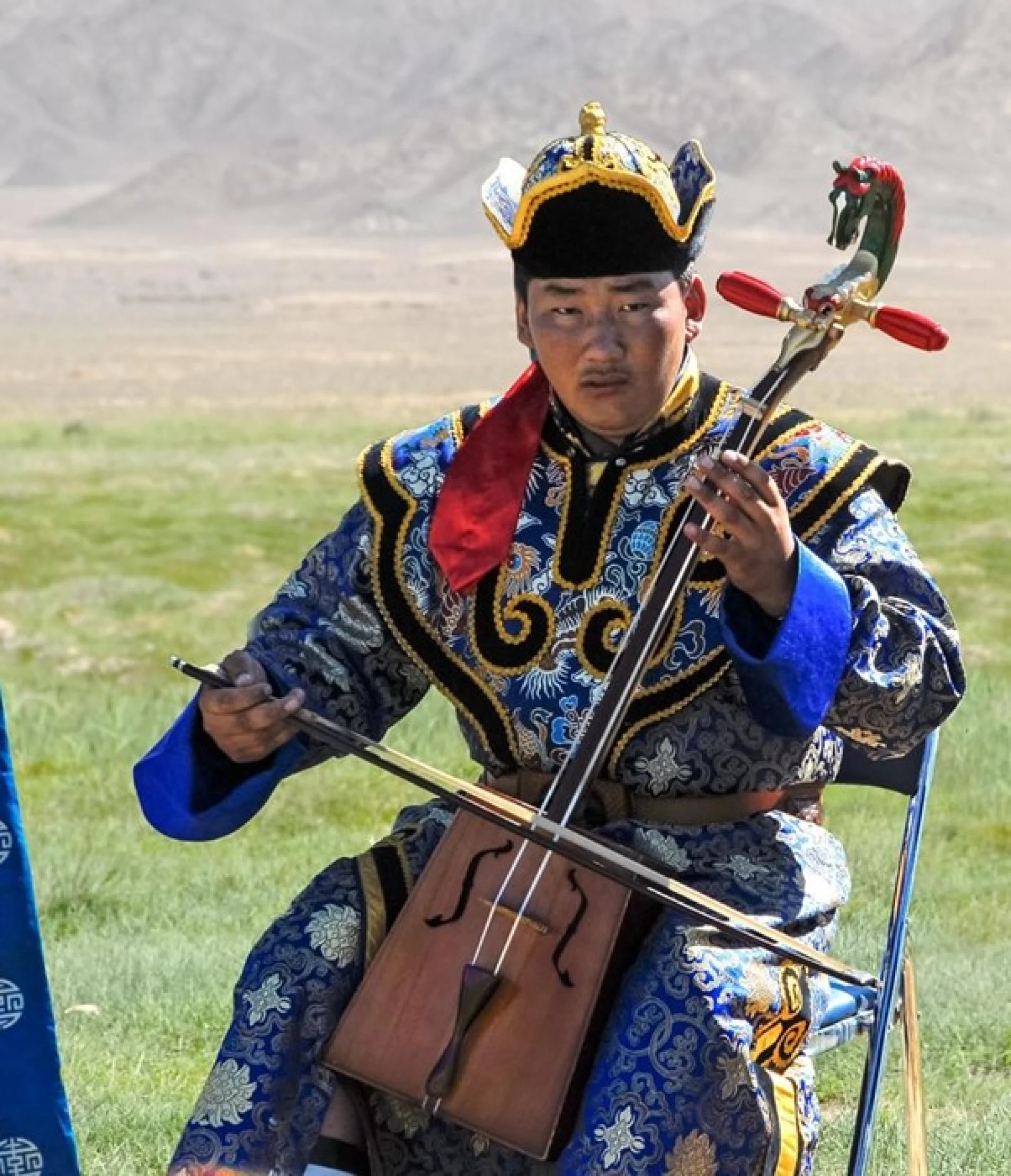
A Taste of Mongolian Culture and Traditions
A Taste of Mongolian Culture and Traditions
Mongolia is a country rich in traditional heritage, so much so that it is almost impossible to experience and understand everything during one visit. Take a look below at our list of the top ten cultural traditions to watch out for on your trip to Mongolia.
# 10 Shagai (ankle bones):
Shagai are the ankle bones of either a sheep or a goat. They are collected and used for the playing of traditional games and fortune telling. Essentially the ankle bones act as dice; when an ankle bone is rolled, it will land on one of four sides ‘horse, camel, sheep or goat’. The games that are played with shagai ankle bones vary and may require the user to use the ankle bones to either toss it like a dice, flick it like a marble, shoot at it with arrows, catch it or simply collect it. The traditional shagai Mongolian games include: “horse race, anklebone flicking, snatching anklebones, open catch, anklebone shooting, twelve years, the four shagai, milking the mare, multi-colored turtle and ankle bone fortune telling”.
#9 Khadag (blue scarves):
The giving of a khadag is an act of great respect from the person giving to the person receiving and is an act that most commonly occurs during Mongolia’s ‘Tsagaan Tsar’ lunar new year celebration. During the celebration, when younger members of a family arrive at an older relative’s home they will offer the Khadag to the older relative with outstretched arms; usually the khadag is blue but different colored khadags have different meanings. Blue is for an honored thing or person and represents the sky – peace. Yellow is for teachers and represents the sun – eternity. White is for a beautiful thing and represents milk – beauty and pure heart. Red is for the gods and honored elderly people representing fire – prosperity. Green is for the earth and represents grass – fertility.
#8 Morin Khur (horse head fiddle):
Nomadic Mongolians have throughout their history played over 400 musical instruments, the instrument that has been played at prominence however is the Morin Khur. The Morin Khur is a two stringed instrument consisting of a sound box and trapezoid frame covered in hide and topped with the ornamental head of a horse. The strings are made of black or brown tail hair from a male horse. When the hairs are selected they are boiled and then stretched for two days between a rock and a pole of the Ger. Each hair fiber is then processed until it starts ‘talking’. A legend of the Morin Khur tells of a man called Cuckoo Namjil who left his native Gobi to join the army in the Altai mountains. There he fell in love and upon leaving back to his homeland was gifted a magical winged horse ‘Jonon Har’. With the winged horse Cuckoo Namjil was able to meet his love every night despite the huge distance between them. However, other women were in love with Cuckoo Namjil and upon learning about his winged horse one woman killed the magical horse. Cuckoo Namjil was devastated and in mourning made an instrument with the remains of the horse. Whenever he played the instrument, through the music, he would describe the beloved steed’s steps, gallop, hurdle trotting and neighing.
#7 Khoomei (throat singing):
Known in Mongolian as khoomei, throat singing is essentially the replacement of a musical instrument with all aspects of the vocal organ, incorporating the tongue, teeth, larynx and palate. Throat singing is a vocal technique that can produce two or even three separate lines of sound simultaneously producing sounds remarkably similar to those of a flute. Throat singing is characterized by the production of sounds imitating those of nature such as wind, rivers and birds. Closing your eyes and listening to throat singing transports you across the Mongolian steppe.
#6 Long Song:
An integral part of Mongolian culture is represented through its music; one of the most famous genres of music in Mongolia is the ‘long song’. It is not named long because the song is long in length but rather because each syllable that is sung is extended for a long duration. A four-minute song may only consist of ten words! The songs words may relate to religious, romantic or celebratory themes. When listening to the long song one can depict spacious mountain valleys and grassland steppe caused by the prolonged vibrating notes of the song termed ‘shuranhai’ which give the song a philosophical and meditational character. UNESCO declared the Mongolian long song one of the masterpieces of the oral and intangible heritage of humanity in 2005.
#5 Shaminism:
Shaminism is the animastic and shamanic religion that has been practiced in Mongolia since at least the start of recorded history. Intricately tied to social life and the tribal organization of Mongolian society. Shaminism has undergone periods of power, change and suppression. Shamans in Mongolia practice ‘black’ shamanism, ‘yellow’ shamanism (which incorporates rituals and traditions associated with Buddhism) or ‘Genghis’ shamanism (Genghis Khaan is believed to be an intermediary with with Tenger (heaven). Shamanism belief stretches across medicine, religion, nature and ancestor worship. Shamans are able to communicate with the spirit world, summoning spirits to them with their drum and are able to break themselves into a trance, their soul then able to leave their body and communicate with the spirit world. Modern day Mongolians still have a strong belief in shamanism and will often visit shamans with problems they wish advice on from the spirit world.
#4 Ger construction:
The Mongolian ‘Ger’ is the trademark image of Mongolia. The walls which are made of pliable wood are lined up and tied to each other with ropes, the roof is then erected and centered with the help of braces, the door is then put in place, being careful to make sure it always faces south. Finally, the walls and roof are then covered with layers of felt and an outside linen sheet. The beauty of the Ger is its year-long suitability, being warm in winter and cool in summer, stable in windy weather and easy to disassemble and reassemble.
#3 Gutting sheep:
Every culture has its own specific methods of killing livestock and each culture believes that its method is the best. Mongolians are no different; the most interesting is the gutting of sheep. To do it the Mongolian way one needs a strong Mongolian person and a sharp knife. The strong Mongolian takes the sheep, picks it up from behind and moving to the floor straddles it on the floor side on. Legs straddling the sheep‘s back legs and one hand clasped round the ankles of the front legs the Mongolian uses their free hand to slit open the sheep’s chest (the sheep shows no knowledge of pain at this point). The Mongolian then slides their hand into the chest and breaks the main artery of the sheep.
#2 Snuff Bottle:
When entering a Mongolian home, one traditional custom is to exchange snuff bottles. When guests enter a home. The head of the household will pass the snuff bottle to each of the guests, holding it in their extended right hand with their left hand holding up their right elbow. The guest then receives the snuff bottle, then, removing the spoon, scoops out a small amount of snuff on to the side of their hand before then snuffing it into their nose. Snuff bottles come elaborately designed and are usually exchanged during national holidays such as Tsagaan Tsar or Naadam. There is a legend about the creation of the snuff bottle for anyone who would like to know?
#1 Naadam:
Naadam is the most widely watched festival in Mongolia, believed to have existed for at least one thousand years. It was originally used as a kind of ‘after party’ following weddings or spiritual gatherings and later served as a way to train soldiers for battle. In present day Mongolia it is annually held from July 11th to 13th to celebrate the 1921 revolution when Mongolia declared itself independent from China. The three central games of Naadam include wrestling, horse riding and archery. Any lucky visitors to the National sports stadium during Naadam will be treated to military parades, cultural performances and the buzz of supporters egging on their regional hero.
We'll call you back
Leave us your contact details and we will be in touch.
Newsletter Signup
More Articles About Asia
-

The Power of Nature in Mongolia
I have been fortunate enough to have both lived and travelled around Mongolia over a period of ten -
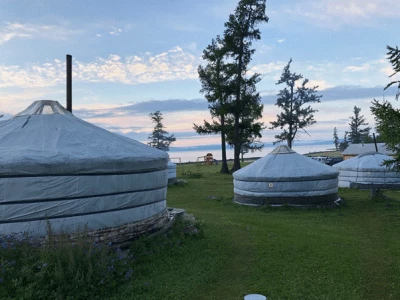
Seven Wonders of Mongolia
The world is indeed becoming a smaller place, but as our travel capabilities improve, the amount of -
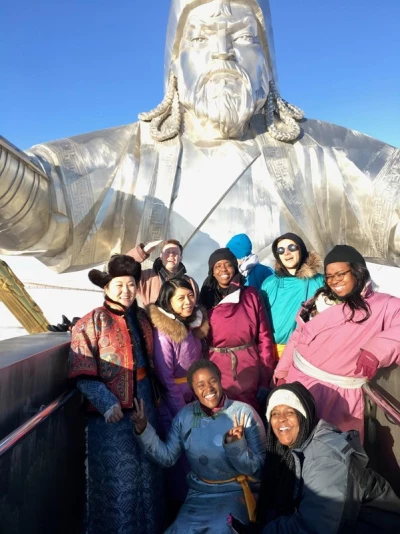
Travel to Mongolia - six things you should know before you go
1. Go with the right people! Anyone can fly into Ulaanbaatar and see the city sights like Gandan, Za -
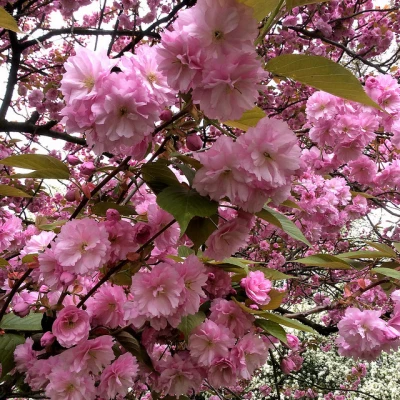
Japan Golden Route
The best way to sample the accommodation is by booking an escorted tour and we have a great selectio -

Discover China
My visit to China in September 2015 was totally amazing; I was with a group of travel agents and we -

Japan - An Amazing Destination
Just a few facts to get you started on a journey of a life time In 2015, a total of 258,500 UK trav
My Articles
-
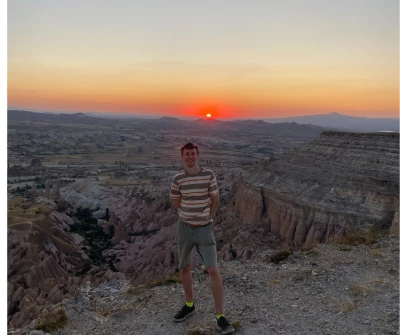
Turkish Wonder
A lot of people head to Turkey for an all-inclusive beach stay, and rightly so. In the summer, Turke -
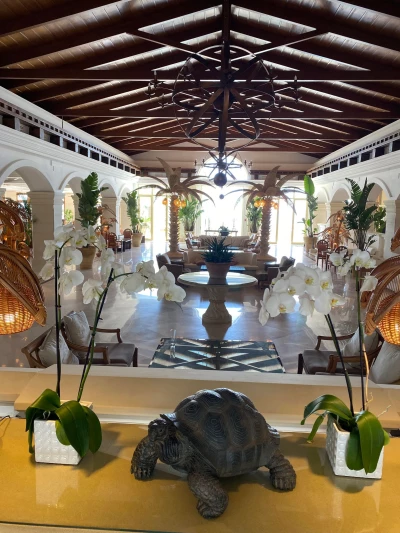
Family Paradise at the Grecotel Marine Palace & Aqua Park
Being the father of two young and excitable children, I know the pressure of finding a day out or a -

The Power of Nature in Mongolia
I have been fortunate enough to have both lived and travelled around Mongolia over a period of ten -

Seven Wonders of Mongolia
The world is indeed becoming a smaller place, but as our travel capabilities improve, the amount of -

Travel to Mongolia - six things you should know before you go
1. Go with the right people! Anyone can fly into Ulaanbaatar and see the city sights like Gandan, Za
_1730735320/Untitled%20design%20(73)_1730735320_400.webp)